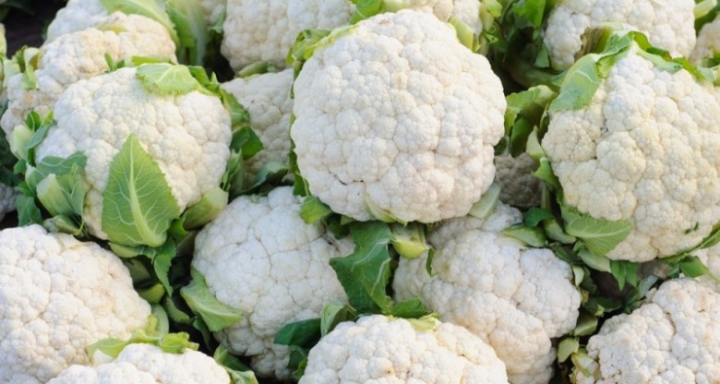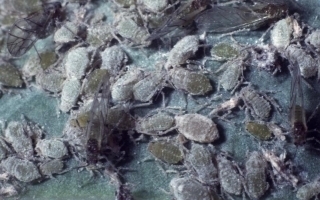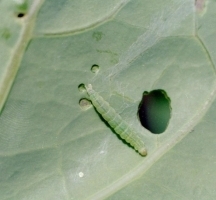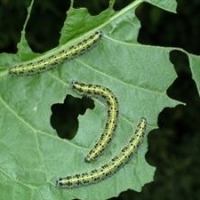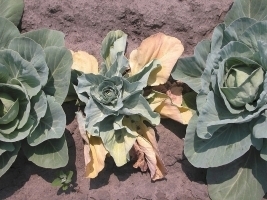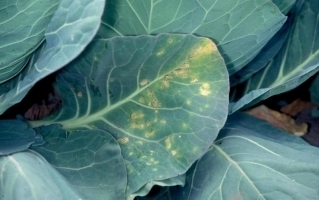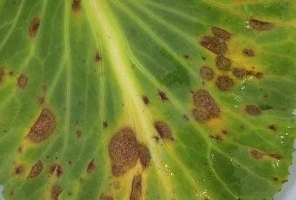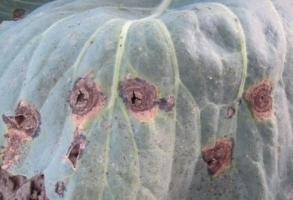Early varieties:
Early Kunwari: Early maturing variety. It has cream color fruits which are small in size. The variety gets ready in 60-70 days and it gives an average yield of 25-37.5 qtl/acre.
Pusa Deepali: Developed by IARI, early maturing variety, suitable for cultivation in Northern India. It is suitable for growing in hot climate (20-25°C). Gives average yield of 42-62.5 qtl/acre.
Summer King: Hybrid, ready to harvest in 60 to 65 days after transplantation. Its seed sowing is done in month of June. Gives average yield of 50 qtl/acre.
Paavas: It is hybrid, ready to harvest in 60-65 days after transplantation. Complete seed sowing in June month and transplantation in July month. Gives average yield of 50 qtl/acre.
Medium duration varieties
Improved Japani: Flowers are hard and white in color, seed is sown in mid-July month and planting is done in mid-August month. It gives an average yield of 83-94 qtl/acre.
Sairano: Hybrid ready to harvest in 80-85days. Gives average yield of 60-70qtl/acre.
Late varieties:
Pusa Snowball K-1: Crop gets mature late compared to Pusa snowball 1. Outer leaves are upright and curd is compact. Curd is of snow white color. The variety gets ready in 110-120 days and it gives an average yield of 72-87.5qtl/acre.
Snowball 16: Late maturing variety. Curds are compact having attractive white color. Gives average yield of 100-125qtl/acre.
Other States Varieties:
Pant Shubhra: Early maturing variety, suitable for cultivation in Northern India. Curds are of creamy white color. Gives average yield of 80 qtl/acre.
Pusa Snowball 1: Crop gets ready to harvest in 100 days after transplanting. Outer leaves are upright and curd is compact, of medium size. Color of curd is snow white. It produces yield of 62.5-84qtl per acre.
Palam Uphaar: Curd is white in color and is hard. The variety is resistant to downy mildew and black rot. It is suitable for sowing in low and intermediate regions. It gives an average yield of 94-105qtl/acre.

